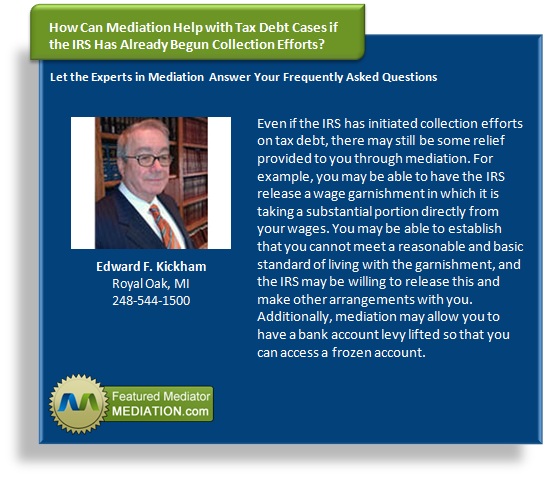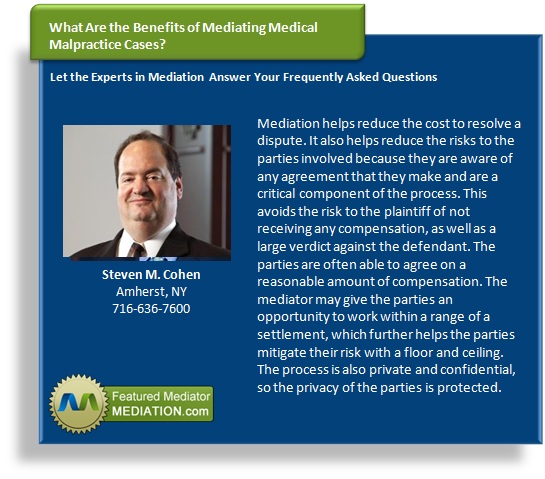Mediation is a tool that disputing parties use to resolve their differences. It can be effective in a variety of situations, but is especially beneficial in the business world. It alleviates the need to use the courts and can make the process of resolving a dispute much easier for everyone involved.
Employment mediation makes it possible to resolve a number of different types of disputes, including those related to harassment, wage and overtime problems, and termination issues. It tends to be less expensive than other dispute resolution methods including litigation, and allows the problem to truly be resolved so professional relationships might, in some cases, have the best possible chances of continuing.
What do you need to know about employment mediation?
1. Mediators are Neutral
Mediators oversee the process and ensure that it is as efficient and effective as possible. They are neutral third-parties, which mean they have no interest in either side. In the case of employment mediation, the mediator might be appointed by the EEOC or be retained by the parties involved in the dispute. Many mediators are lawyers or former judges, but this does not have to be the case.
The important thing is that the mediator is able to remain impartial, and that he or she is capable of gaining an understanding of the dispute. It can be helpful to work with someone familiar with a particular industry, but this does not need to be the case.
2. Mediation Does Not Need to Be Binding
One of the greatest benefits of mediation is that it gives those involved in the dispute absolute power over the outcome. Mediators are there to guide them and help them explore their options to resolve the dispute, but mediators do not issue binding orders, as is the case with a judge or arbitrator.
It is possible for parties to agree that the outcome of the mediation will be binding once everyone has agreed to it. Once an agreement is reached, the court can be asked to verify the agreement and make it legally binding, but this only occurs if everyone involved is satisfied with the agreement.
3. Mediation Can Preserve Relationships
Relationships are important in business. They are the backbone of success and allow people to come together to achieve a common goal. When a dispute arises, it can create havoc for those directly and indirectly involved. This is often the case with employment disputes. Those directly involved are affected, but so are co-workers, clients, customers, and others involved with the business.
Mediation provides an efficient means by which to resolve a dispute, but it also gives everyone an opportunity to express themselves and have their opinions respected. This can go a long way in protecting the balance needed in the workplace for everyone to feel comfortable and confident when it comes to performing their job duties.
Employment disputes are fact specific. Mediation allows both parties, the employer and the employee, to apprise the other party of all facts that they believe are relevant to the dispute. As a result, a resolution might be achieved which allows everyone to walk away from the dispute feeling good about what occurred. For example, a possible resolution might include a “neutral” referral letter from the employer for the terminated employee to use in future job searches.
If you have an employment dispute that you would like to have mediated, please contact John W. Kelly, Jr. 713-775-3003. https://www.experiencedhoustonmediator.com/










